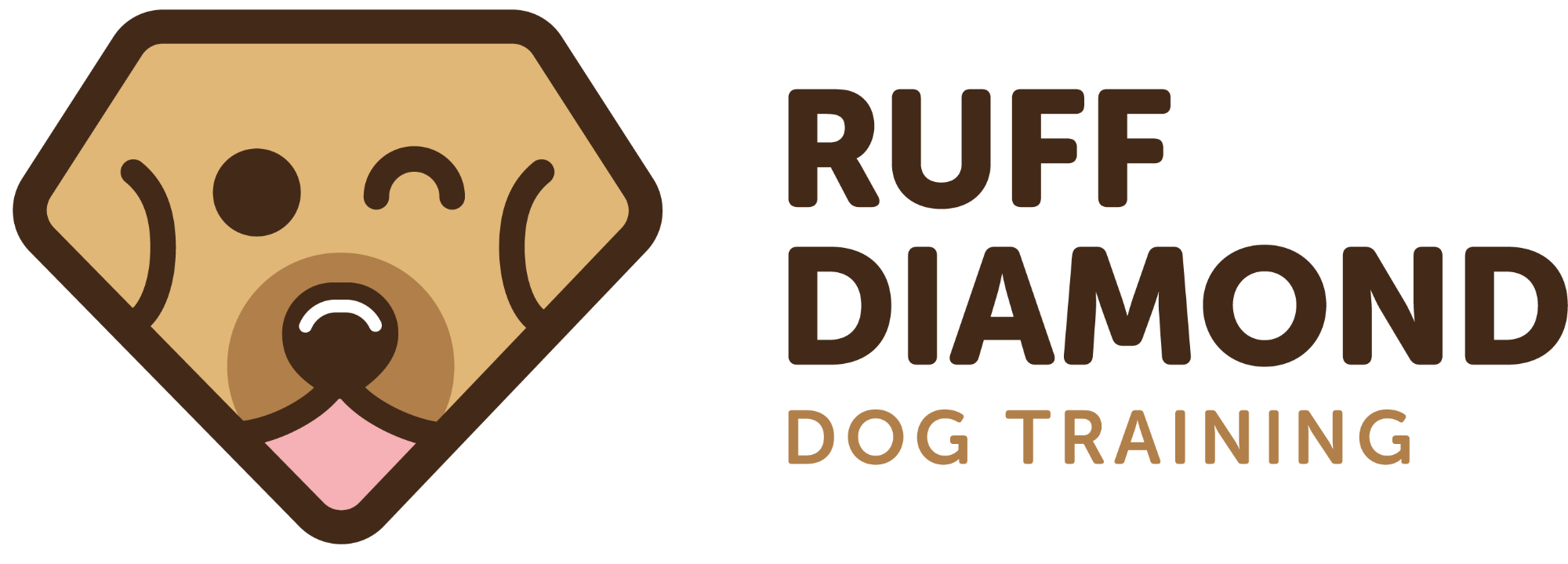Yes, totally normal and here’s why.At around 6–14 months, many dogs go through changes that are referred to as a second fear period. Things they were previously fine with, for example bins, bags, or people in hats might suddenly seem scary.It can feel like your confident pup is regressing, but...
On Sunday 8th September, I hosted and judged a mini Talking Dogs Rally trial at Monkchester Community Centre, Newcastle Upon Tyne. Mini trials are fantastic for those just starting out in Talking Dogs Rally. They are small events, often focused on just one level, though not always, and with smaller...


